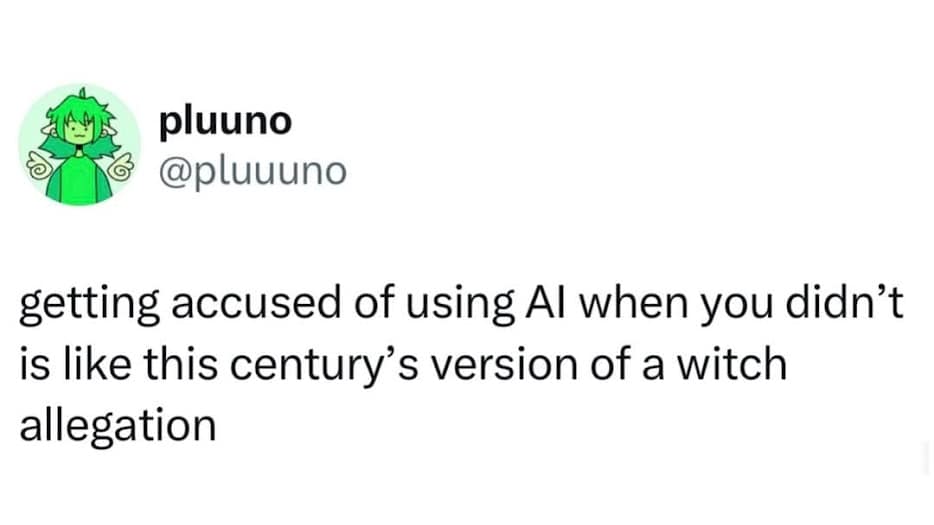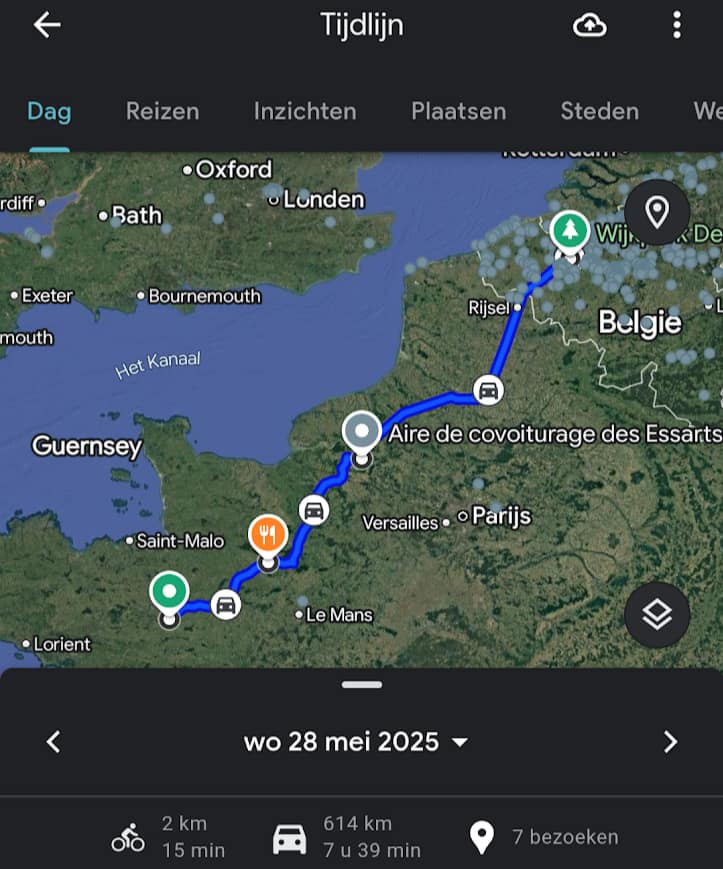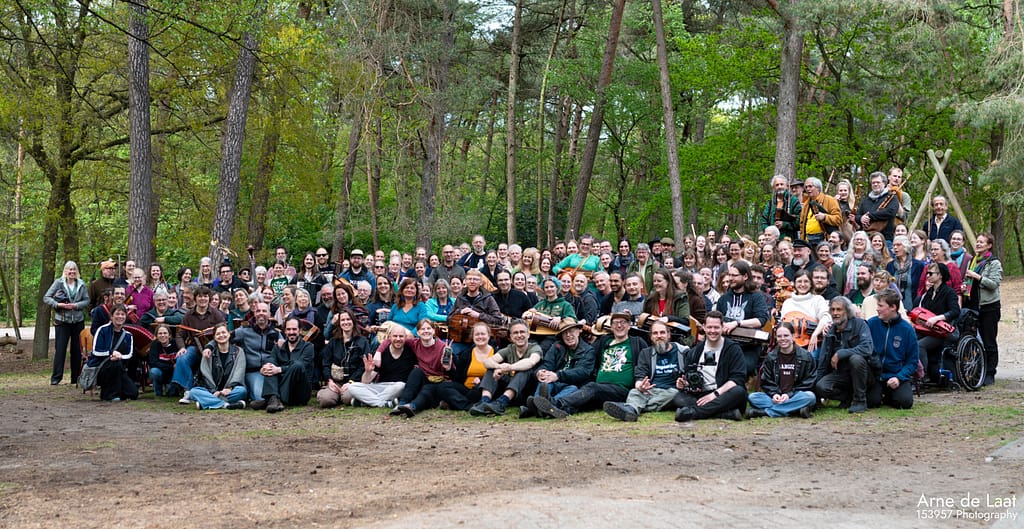🔍 How I Accidentally Discovered Power Query
A few weeks ago, I was knee-deep in CSV files. Not the fun kind. These were automatically generated reports from Cisco IronPort, and they weren’t exactly what I’d call analysis-friendly. Think: dozens of columns wide, thousands of rows, with summary data buried in awkward corners.
I was trying to make sense of incoming mail categories—Spam, Clean, Malware—and the numbers that went with them. Naturally, I opened the file in Excel, intending to wrangle the data manually like I usually do. You know: transpose the table, delete some columns, rename a few headers, calculate percentages… the usual grunt work.
But something was different this time. I noticed the “Get & Transform” section in Excel’s Data ribbon. I had clicked it before, but this time I gave it a real shot. I selected “From Text/CSV”, and suddenly I was in a whole new environment: Power Query Editor.
🤯 Wait, What Is Power Query?
For those who haven’t met it yet, Power Query is a powerful tool in Excel (and also in Power BI) that lets you import, clean, transform, and reshape data before it even hits your spreadsheet. It uses a language called M, but you don’t really have to write code—although I quickly did, of course, because I can’t help myself.
In the editor, every transformation step is recorded. You can rename columns, remove rows, change data types, calculate new columns—all through a clean interface. And once you’re done, you just load the result into Excel. Even better: you can refresh it with one click when the source file updates.
🧪 From Curiosity to Control
Back to my IronPort report. I used Power Query to:
- Transpose the data (turn columns into rows),
- Remove columns I didn’t need,
- Rename columns to something meaningful,
- Convert text values to numbers,
- Calculate the percentage of each message category relative to the total.
All without touching a single cell in Excel manually. What would have taken 15+ minutes and been error-prone became a repeatable, refreshable process. I even added a “Percent” column that showed something like 53.4%—formatted just the way I wanted.
🤓 The Geeky Bit (Optional)
I quickly opened the Advanced Editor to look at the underlying M code. It was readable! With a bit of trial and error, I started customizing my steps, renaming variables for clarity, and turning a throwaway transformation into a well-documented process.
This was the moment it clicked: Power Query is not just a tool; it’s a pipeline.
💡 Lessons Learned
- Sometimes it pays to explore what’s already in the software you use every day.
- Excel is much more powerful than most people realize.
- Power Query turns tedious cleanup work into something maintainable and even elegant.
- If you do something in Excel more than once, Power Query is probably the better way.
🎯 What’s Next?
I’m already thinking about integrating this into more of my work. Whether it’s cleaning exported logs, combining reports, or prepping data for dashboards, Power Query is now part of my toolkit.
If you’ve never used it, give it a try. You might accidentally discover your next favorite tool—just like I did.
Have you used Power Query before? Let me know your tips or war stories in the comments!












